How to Encrypt Email in Outlook
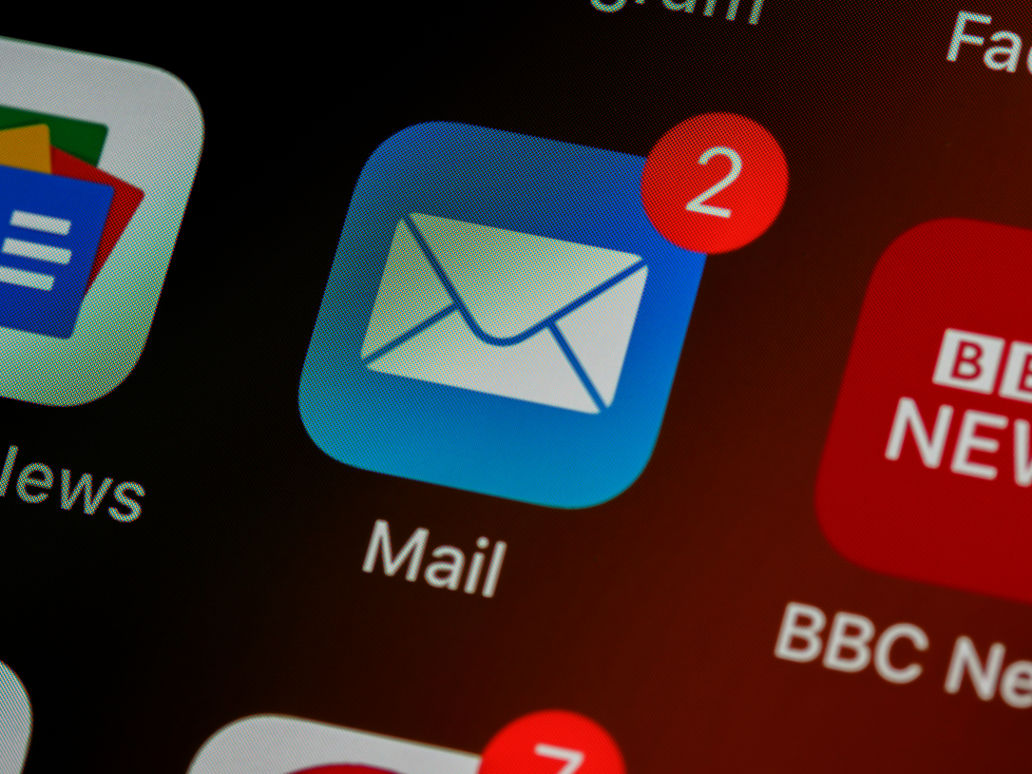
In the digital age, securing sensitive information is paramount, especially regarding email communication. Microsoft Outlook, one of the most popular email clients globally, offers robust email encryption features. Encrypting your emails in Outlook helps protect the confidentiality and integrity of your messages, ensuring they can only be read by the intended recipients. This comprehensive guide will walk you through the process of encrypting emails in Outlook, providing you with the knowledge to safeguard your digital communications effectively.
Understanding Email Encryption
The Basics of Email Encryption
To understand how to encrypt email in Outlook, we need to learn the basics first. Email encryption is a security measure that transforms readable text into encrypted, unreadable text using a specific algorithm. Only the recipient with the correct decryption key can convert the encrypted message back into its original, readable format. This process helps to protect sensitive information from being intercepted and read by unauthorized individuals during transmission.
The need for email encryption has never been more critical, given the increasing number of cyber threats, Smishing and Phishing Attempts, and the importance of privacy in our digital lives. Email encryption ensures that confidential information, such as personal data, financial details, and sensitive corporate information, remains secure from potential breaches.

Encryption Options in Outlook
Outlook provides several methods to encrypt emails, each catering to different security needs and user scenarios. Understanding these options will help you choose the most suitable encryption method for your requirements and will help you understand how to encrypt email in Outlook:
- S/MIME (Secure/Multipurpose Internet Mail Extensions): S/MIME is a widely supported encryption standard that enables users to encrypt emails and digitally sign them. To use S/MIME encryption, the sender and recipient must have a digital certificate installed on their devices. This certificate verifies the sender's identity and lets the recipient decrypt the message.
- Office 365 Message Encryption (OME): OME is a feature available to Office 365 subscribers that provides a seamless way to send encrypted emails within and outside your organization. Unlike S/MIME, OME does not require the exchange of digital certificates, making it easier to use, especially for communicating with external recipients.
- Third-party Encryption Add-ins: Various third-party add-ins offer encryption services that integrate with Outlook. These add-ins can provide additional features and encryption methods not natively available in Outlook. They are particularly useful for users with specific encryption needs that exceed the capabilities of S/MIME and OME.
Setting Up Email Encryption in Outlook
Securing your email communication in Outlook involves several necessary steps, and this is important to know how to encrypt email in Outlook. They include understanding the prerequisites to setting up the necessary encryption tools. This section will guide you through the essential requirements and the process of configuring your email account for encryption, ensuring your messages are protected and your Data is Safe From Being Exploited.
Requirements for Email Encryption in Outlook
Before you can start encrypting your emails in Outlook, there are specific prerequisites you must meet. These requirements are crucial for the successful encryption and decryption of your emails:
- Digital ID (Certificate): To encrypt emails using S/MIME, the sender and the recipient need a digital ID, also known as a certificate. This certificate serves two primary purposes: encrypts emails for privacy and digitally signs them for authentication.
- Outlook Version: Ensure you are using a version of Outlook that supports email encryption. Most modern versions of Outlook, including those provided with Office 365 subscriptions, support S/MIME encryption and Office 365 Message Encryption (OME).
- Exchange or Office 365 Account: For Office 365 Message Encryption (OME), you'll need an Outlook email account that's part of an Office 365 subscription with OME capabilities.
- Recipient's Public Key: For S/MIME encryption, you need the recipient's public key, which is typically shared by sending a digitally signed email to the recipient beforehand. The recipient's public key encrypts the email, ensuring only the recipient can decrypt it using their private key.
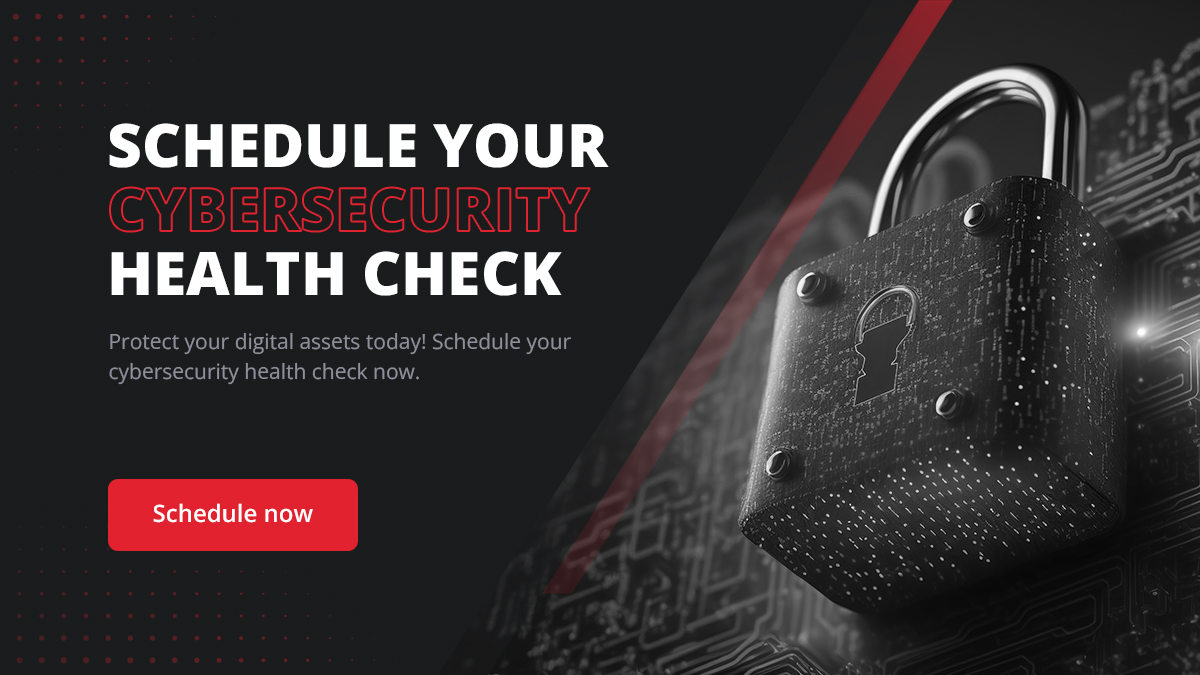
Setting Up Digital ID (Certificate) for Encryption
To use S/MIME encryption in Outlook, you must first obtain a digital ID (certificate) from a trusted Certificate Authority (CA). Once you have your digital ID, follow these steps to set it up in Outlook:
- Obtain a Digital ID: Purchase or acquire a digital ID from a trusted Certificate Authority. Some organizations provide digital IDs to their employees for business communication.
- Install the Digital ID: Once you've obtained your digital ID, you must install it on your computer. The installation process varies depending on the Certificate Authority, but it generally involves downloading a file and following the installation instructions provided.
- Configure Outlook to Use Your Digital ID:
- Open Outlook and go to the "File" menu.
- Select "Options" to open the Outlook Options dialog box.
- Go to "Trust Center" and click the "Trust Center Settings" button.
- In the Trust Center dialog box, select "Email Security."
- Under "Encrypted Email," click on the "Settings" button.
- In the "Security Settings" dialog box, choose your digital ID certificate for encryption and signing. Ensure that the "S/MIME" option is selected.
- Click "OK" to apply the settings.
- Share Your Public Key: Before you can send an encrypted email to a recipient, they need your public key to decrypt your messages. You can share your public key by sending a digitally signed email to the recipient, which doesn't need to be encrypted. Once the recipient has your public key, they can use it to decrypt any encrypted emails you send them.
Methods on How to Encrypt Email in Outlook
Encrypting emails in Outlook can be accomplished through several methods, each providing a layer of security to ensure your communication remains confidential. One of the most common and secure methods is using certificates with Secure/Multipurpose Internet Mail Extensions (S/MIME). This section will guide you through using S/MIME to understand how to encrypt email in Outlook from the initial setup to ensure your recipients can open the encrypted messages.
Method 1: Using Certificates to Encrypt Emails (S/MIME)
S/MIME is a widely accepted standard for email encryption and digital signing. It offers a high level of security by using public key encryption to protect emails in transit. To use S/MIME in Outlook, the sender and recipient must have a digital ID (certificate).
How to Send Encrypted Emails In Outlook Using S/MIME
- Ensure Digital ID is Installed: Before you can send an encrypted email, make sure you have a digital ID installed on your computer and configured in Outlook, as described in the section on setting up a digital ID for encryption.
- Compose Your Email: Start by composing a new email in Outlook. Write your message and attach any documents as you normally would.
- Encrypt the Email: With your email ready, click the "Options" tab in the message window. Look for the "Encrypt" button, which might be represented by a lock icon. Click on it and select "Encrypt with S/MIME" from the dropdown menu. This action encrypts your email content and attachments.
- Send the Email: Once your email is encrypted, send it as usual. The recipient will need your public key to decrypt the message, which they should already have if you've exchanged digitally signed messages previously.
Initial Setup for Encrypting Emails with S/MIME
Before you can start sending encrypted emails with S/MIME, you must complete the initial setup:
- Obtain a Digital ID: Acquire a digital ID from a Certificate Authority (CA) if you haven't already done so.
- Install the Digital ID in Outlook: Follow the steps outlined in the "Setting Up Digital ID (Certificate) for Encryption" section to install and configure your digital ID in Outlook.
- Exchange Digital Signatures: Send a digitally signed email to your intended recipient and have them send one back to you. This exchange allows both parties to store each other's public keys, necessary for decrypting the encrypted emails.
How Your Recipient Opens Your Encrypted Email
- Recipient Uses Your Public Key: When you send an encrypted email using S/MIME, your recipient's email client uses your public key, which they obtained from your digitally signed message, to decrypt the email.
- Opening the Email: The process is seamless for the recipient if they have your public key. Outlook automatically decrypts the email, allowing the recipient to read it like any other message.
- Issues with Decryption: If the recipient encounters any issues opening the encrypted email, it's likely because they do not have your public key or their email client is not configured correctly for S/MIME. Ensure they have installed your public key correctly and that their email client supports S/MIME encryption.
Method 2: Office 365 Message Encryption (OME)
Office 365 Message Encryption (OME) is a service integrated into Microsoft's email and productivity suite, offering a user-friendly way to send encrypted emails within and outside your organization. Unlike S/MIME, OME doesn't require exchanging digital certificates, simplifying the process of sending secure emails, especially to recipients outside your network.
Initial Setup for Office 365 Message Encryption
To use OME, you need to have an Office 365 subscription that includes this feature, such as Office 365 E3 or Microsoft 365 Business Premium. Here's how to get started:
- Enable OME: The initial setup for OME typically requires administrative access to the Microsoft 365 compliance center. An administrator must set up encryption rules or enable the default OME policies determining when emails should be encrypted.
- Configure Encryption Policies: Administrators can configure policies to automatically encrypt messages containing specific types of sensitive information or tag emails for encryption based on the sender's instructions.
- Inform Users: Once OME is configured, inform users within your organization about how to send encrypted emails manually or explain the conditions under which emails will be automatically encrypted.
How to Send Secure Messages In Outlook Using OME
Sending an encrypted email with OME is straightforward:
- Compose Your Email: Start by writing your email as usual in Outlook.
- Encrypt the Email: Before sending, click on the "Options" tab in the message window. Then, select "Encrypt" or "Encrypt & Prevent Forwarding," depending on your need. The latter option prevents the recipient from copying or forwarding the email's contents.
- Send the Email: Once you've chosen the appropriate encryption option, send your email. The recipient will receive instructions on how to view the encrypted message, which may involve signing in with a Microsoft account or using a one-time passcode.
Method 3: Outlook Encryption Add-ins
For users or organizations with specific encryption needs that aren't met by S/MIME or OME, third-party encryption add-ins for Outlook can offer a solution. These add-ins may provide additional features, compatibility with other encryption standards, or integration with external encryption services.
Initial Setup
- Choose an Encryption Add-in: Research and select an encryption add-in that meets your security requirements and is compatible with your version of Outlook.
- Install the Add-in: Follow the provider's instructions to download and install the add-in. This process usually involves adding the add-in through the Outlook client or the Microsoft 365 admin center for organization-wide deployment.
- Configure the Add-in: Some add-ins may require additional configuration, such as signing into a third-party service, defining encryption settings, or specifying default behaviors for encrypting emails.
How to Send Encrypted Messages via Add-ins
- Compose Your Email: Write your email in Outlook like any other message.
- Encrypt the Email: Look for the encryption option provided by the add-in, which may appear as a new button on the ribbon or within the "Options" tab. Select this option to encrypt your email.
- Send the Email: After encrypting your message, send it to your recipient. Depending on the add-in, the recipient may need to follow specific steps to decrypt the message, such as using a third-party application or accessing a secure web portal.
Reading an Encrypted Email
Since we are discussing how to encrypt email in Outlook, it is also essential to know how to read one when you receive an encrypted email. Encrypted emails are a vital component of securing sensitive communication, but understanding how to access and verify these messages is equally important. This section explains how recipients can read encrypted messages via Outlook and verify the authenticity of digitally signed emails.
How do I read an encrypted message?
The process for reading an encrypted email depends on the encryption method used by the sender:
- S/MIME Encrypted Emails: If you're the recipient of a S/MIME encrypted email, your email client needs to support S/MIME. You must have the sender's public key, usually obtained from a digitally signed email they've sent you previously. Outlook automatically uses this key to decrypt the email. If you haven't received the sender's public key or if there's an issue with your email client's configuration, you might not be able to open the encrypted email.
- Office 365 Message Encryption (OME): For emails encrypted with OME, recipients typically receive a notification that explains how to view the encrypted message. This might involve clicking a link to access the email on a secure web portal, where you may need to sign in with a Microsoft account or enter a one-time passcode sent to your email address.
How do I verify the signature of a digitally signed message?
Digital signatures in emails serve to verify the sender's identity and ensure that the message has not been altered after it was signed. To verify a digital signature in Outlook:
- Look for the Signature Indicator: Digitally signed emails usually have an icon or message indicating they are signed. In Outlook, this might appear as a ribbon or a seal icon.
- Check the Signature Details: Double-click on the signature indicator to open the message's properties or the signature details. This action displays information about the digital signature, including the signer's details and whether the signature is valid.
- Certificate Trust: For the digital signature to be considered valid, your email client must trust the sender's certificate (used to sign the email). If the certificate is not trusted, you may receive a warning, and you'll need to decide whether to trust the certificate based on your knowledge of the sender.
- Validity and Integrity: A valid digital signature confirms that the email has not been tampered with. If the email content was altered after signing, the digital signature would be invalidated, and you would be alerted to the modification.
Can Attachments Also Be Encrypted?
When you encrypt an email in Outlook, it's not just the body of the message that's protected—any attachments are also encrypted. This ensures comprehensive security for your entire communication, safeguarding not only the text but also any documents, images, or files you send. Understanding how this process works can give you peace of mind when transmitting sensitive information.
How to Encrypt Email in Outlook with Attachments
Encrypting attachments in Outlook follows the same process as encrypting the email message itself. Whether you're using S/MIME, Office 365 Message Encryption (OME), or a third-party encryption add-in, the attachments are automatically encrypted with your email. Here's a general overview:
- Compose Your Email: Start by composing your email in Outlook and attaching files as usual.
- Select Encryption Option: Depending on the encryption method you're using:
- For S/MIME, ensure you have the recipient's digital certificate (public key). Encrypt the email by selecting the appropriate option under the "Options" tab before sending.
- For OME, click the "Encrypt" button in the "Options" tab. If you have set up encryption rules, they may also automatically apply encryption based on the content or other conditions.
- For third-party add-ins, use the encryption option provided by the add-in, usually found in the message compose window.
- Send the Email: Once you encrypt the email and include attachments, send it as usual. The entire email, including attachments, is encrypted, ensuring that only the intended recipient can decrypt and access the contents.
It's important to note that the recipient will need the appropriate decryption key or access method to open the encrypted email and its attachments. For S/MIME, this means they need a private key that matches the public key you used for encryption. For OME, they may need to authenticate with a Microsoft account or use a one-time passcode. Third-party add-ins might have their own methods for decryption.

Encrypting Forwarded Messages
Forwarding an encrypted email in Outlook requires that you maintain the security and confidentiality of the message. This includes ensuring that any forwarded messages remain encrypted protecting the information they contain.
How to Encrypt Forwarded Messages in Outlook
To forward an encrypted message while maintaining encryption:
- Open the Encrypted Email: First, you must open the encrypted email you want to forward. This requires that you have the necessary decryption keys or permissions to view the original message.
- Forward the Message: After opening the encrypted email, click the "Forward" button. If the email was encrypted with S/MIME and you're forwarding it to someone who should be able to decrypt it (i.e., they have the necessary public key or certificate), Outlook maintains the encryption automatically.
- OME and Third-party Add-ins: For emails encrypted with Office 365 Message Encryption or a third-party add-in, follow the forwarding process provided by the service. In many cases, OME-encrypted emails forwarded within the same organization or to authorized external recipients will retain their encryption automatically. However, the specific behavior can vary based on your organization's policies and the capabilities of the encryption solution.
- Add Any Additional Content: If you need to add more information to the forwarded message, you can do so. Any text or attachments you add will also be encrypted when you send the email, provided you follow the encryption process outlined for new emails.
- Send the Forwarded Message: After preparing the forwarded message, send it. The encryption that was applied to the original email helps ensure that the forwarded message, along with any new content or attachments you've added, remains secure.
How to Encrypt All Outgoing Emails by Default
Encrypting all outgoing emails by default is a proactive approach to ensure that every piece of communication you send is secure, protecting sensitive information from unauthorized access. In Outlook, you can achieve this by adjusting your email settings to enforce encryption on all messages.
- Access Outlook Trust Center: Open Outlook and navigate to the "File" menu. Click on "Options" and then select "Trust Center."
- Email Security Settings: In the Trust Center, click "Trust Center Settings," then go to the "Email Security" tab.
- Configure Encryption: Under the "Encrypted email" section, check the box next to "Encrypt contents and attachments for outgoing messages." This setting applies S/MIME encryption to all emails if you have a digital certificate installed.
- Default Settings: You can also click on "Settings" to specify a default encryption setting, ensuring that all emails use your preferred encryption certificate.
By configuring Outlook to encrypt all outgoing emails by default, you can maintain a high level of security across all your email communications without the need to manually encrypt each message.
Outlook Office 365 Encryption
Office 365 provides integrated encryption features that offer both ease of use and robust security for your email communications. The platform includes several advanced options for managing and encrypting email in Outlook.
Advanced Features for Encryption in Office 365
- Automatic Encryption Rules: Office 365 allows administrators to create rules that automatically encrypt emails based on specific conditions, such as the presence of sensitive information or specific keywords in the email's subject or body.
- Email Rights Management: Office 365 includes rights management features that not only encrypt emails but also control what recipients can do with the email content, such as preventing forwarding, copying, or printing.
- External Recipient Access: Office 365 encryption makes it easy for external recipients to securely access encrypted emails without requiring a Microsoft account, often through a one-time passcode or a secure web portal.
These advanced features enhance the security and flexibility of email encryption in Office 365, ensuring that sensitive information remains protected while also accommodating the needs of diverse recipients.
Sending an Encrypted Email from Outlook on Mac OS
Encrypting emails in Outlook for Mac follows a process similar to that of the Windows version, with some differences in the interface and options.
- Digital Certificate: Ensure you have a digital certificate installed on your Mac. This is necessary for S/MIME encryption. You can obtain and install a certificate from a trusted Certificate Authority.
- Configure Outlook for Mac: Go to "Outlook" > "Preferences" > "Accounts." Select your account and navigate to the "Advanced" settings. Under the "Security" tab, you can select your digital certificate for signing and encrypting emails.
- Encrypt Your Email: When composing an email in Outlook for Mac, click the "Options" tab in the email composition window. Here, you can select "Encrypt" to encrypt your email using S/MIME. If you're using Office 365 Message Encryption, the process may vary depending on your organization's setup and policies.
- Send the Email: After encrypting your email, you can send it as usual. The recipient will need the appropriate keys or permissions to decrypt and view the message.
Troubleshooting and Tips
Implementing email encryption in Outlook, whether on Windows or Mac OS or leveraging Office 365's encryption capabilities, can sometimes present challenges. This section covers common issues you might encounter, along with troubleshooting tips and best practices to ensure your encrypted email communication is smooth and secure.
Common Issues and Solutions
- Recipient Cannot Open Encrypted Email: Ensure the recipient has your public key, which is usually shared by sending a digitally signed email. For OME, verify they received the instructions on accessing the encrypted message.
- Error Messages When Sending Encrypted Emails: These errors often occur if there's an issue with the digital certificate (for S/MIME) or if there's a configuration issue with OME. Double-check certificate validity and ensure OME is configured correctly in the Microsoft 365 compliance center.
- Missing Encryption Options in Outlook: This can happen if your version of Outlook does not support encryption or if the necessary setup steps have not been completed. Verify your Outlook version supports encryption and that you have correctly installed and configured your digital ID or set up OME.
Dealing with Encryption Errors and Warnings
- Read Error Messages Carefully: They often provide clues about what's wrong, such as issues with the certificate or encryption settings.
- Check the Certificate Status: For S/MIME encryption, ensure your digital ID is current and not expired. Recipients also need to have your latest public key.
- Verify Configuration Settings: For OME, double-check that encryption rules and policies are correctly set up in the Microsoft 365 compliance center.
Ensuring Compatibility with Recipients’ Email Clients
- Communicate Encryption Methods: Inform recipients of the encryption method used and any necessary steps they might need to take, such as using a one-time passcode for OME-encrypted emails.
- Test Before Sending Sensitive Information: Send a test encrypted email to confirm the recipient can open it, mainly if it's the first time you're communicating securely with them.
Best Practices on how to encrypt email in Outlook
- Regularly Update Your Digital ID: For S/MIME encryption, ensure your digital ID is current and renew it before it expires to avoid communication disruptions.
- Educate Your Contacts: Especially if you regularly exchange sensitive information, educate your contacts on encryption basics, how to exchange digital certificates, and how to access encrypted emails.
- Use OME for External Recipients: Because it doesn't require exchanging digital certificates, OME is ideal for securely communicating with recipients outside your organization.
- Leverage Third-Party Add-ins Wisely: If using third-party encryption add-ins, choose reputable providers and ensure they offer robust customer support for troubleshooting issues.
- Maintain Security Hygiene: Regularly review and update your encryption settings and policies to align with current best practices and compliance requirements.

Temporary Passcode for Recipients
One of the innovative features of Office 365 Message Encryption (OME) is allowing recipients who do not have an Office 365 subscription or an Outlook account to access encrypted emails through a temporary passcode. This feature is particularly useful when sending sensitive information to external recipients, ensuring they can securely access the encrypted message without needing a specific email client or encryption certificate.
When an external recipient receives an OME-encrypted email, they are directed to a secure web page to request a one-time passcode. This passcode is sent to their email address, and upon entering it on the web page, they are granted access to read the encrypted message. This method ensures that the encrypted email remains secure, as only the intended recipient can access the passcode and, therefore, the message.
Sending Encrypted Emails to Recipients Outside Your Organization
Sending encrypted emails to recipients outside your organization is straightforward with Office 365 Message Encryption (OME) and third-party encryption add-ins. Both methods do not require the recipient to have the same email infrastructure, making them ideal for secure communication with external parties.
- Office 365 Message Encryption (OME): As described, OME allows sending encrypted emails to any email address, including Gmail, Yahoo, and other non-Microsoft email services. The recipients receive instructions on viewing the encrypted message, either by signing in with a Microsoft account or using a temporary passcode.
- Third-Party Encryption Add-ins: Many third-party add-ins offer flexibility to send encrypted emails to external recipients without requiring specific actions from them, such as downloading software or creating accounts. These solutions often provide a secure portal through which recipients can authenticate and view their encrypted messages.
In both cases, it's essential to inform recipients about what to expect when they receive an encrypted email, especially if they are unfamiliar with the process. This can help avoid confusion and ensure that the encrypted information is accessed as intended.
Importance of Encrypting Emails in Outlook for Enhanced Security and Privacy
Email encryption plays a critical role in protecting sensitive information from unauthorized access, which is why we need to know how to Encrypt Email in Outlook. As email communications often contain personal, financial, or confidential business information, encrypting emails ensures that this data is secure, whether in transit or at rest.
- Prevent Data Breaches: Encrypted emails protect against data breaches by making the content unreadable to anyone other than the intended recipient.
- Compliance: Many industries are subject to regulations requiring the protection of sensitive information. Email encryption helps organizations comply with laws such as HIPAA, GDPR, and others.
- Protect Intellectual Property: For businesses, encrypting emails helps safeguard trade secrets and other intellectual property from competitors.
- Maintain Privacy: For individuals, email encryption ensures personal conversations remain private, protecting personal details and sensitive information from being intercepted.
How Can RedZone Technologies Help?
In the complex digital security landscape, navigating the best practices for email encryption can be challenging. RedZone Technologies emerges as a crucial partner in enhancing your organization's email security posture, leveraging key partnerships, and offering a suite of solutions designed to secure your digital communications effectively.
Key Partnerships
Understanding the need to maximize the value of Microsoft licensing and encryption solutions, RedZone also explores and integrates technologies from leading competitors, such as Zix—a renowned player in the email encryption space. Zix offers advanced encryption solutions that complement and, in some cases, offer advantages over Microsoft's native offerings. This approach ensures that RedZone clients can access a broad spectrum of email encryption technologies, allowing them to select the solution that best fits their unique needs.
Whether the focus is solely on Microsoft encryption technologies or integrating alternative solutions for enhanced security, RedZone's expertise in navigating these options can significantly benefit your organization.
Featured Solutions/Related Services
RedZone Technologies provides a comprehensive array of services designed to bolster your organization's security posture:
- Virtual Security Operations: Our Virtual Security Operations offers expertly managed security services that monitor and protect your digital environment around the clock.
- RedZone Products: Explore the options at RedZone Products Featuring a selection of security products tailored to address specific challenges in safeguarding digital assets.
- IT Security Assessment & Professional Services: RedZone delivers thorough IT Security Assessment Professional Services to identify vulnerabilities and strengthen defenses. Details can be found at
For organizations looking to secure their email communications or enhance their overall cybersecurity strategy, RedZone Technologies offers the expertise, resources, and solutions necessary to achieve these goals.
Conclusion
Encrypting emails in Outlook is an essential step toward securing sensitive information and maintaining privacy in your digital communications. This is why we needed to understand how to encrypt email in Outlook. By understanding the various encryption methods available, such as S/MIME, Office 365 Message Encryption (OME), and third-party add-ins, organizations can implement robust security measures to protect against unauthorized access and cyber threats.
RedZone Technologies stands ready to assist organizations in navigating these choices, offering a blend of Microsoft and alternative solutions like Zix to ensure that your email encryption strategy is effective and aligned with your business needs. Through key partnerships and a comprehensive suite of services, RedZone provides the expertise and solutions necessary to enhance your organization's security posture in the face of evolving digital threats.
For more information on how RedZone Technologies can help secure your organization's email communications and beyond, Contact Us and discover the benefits of partnering with a leader in cybersecurity solutions.
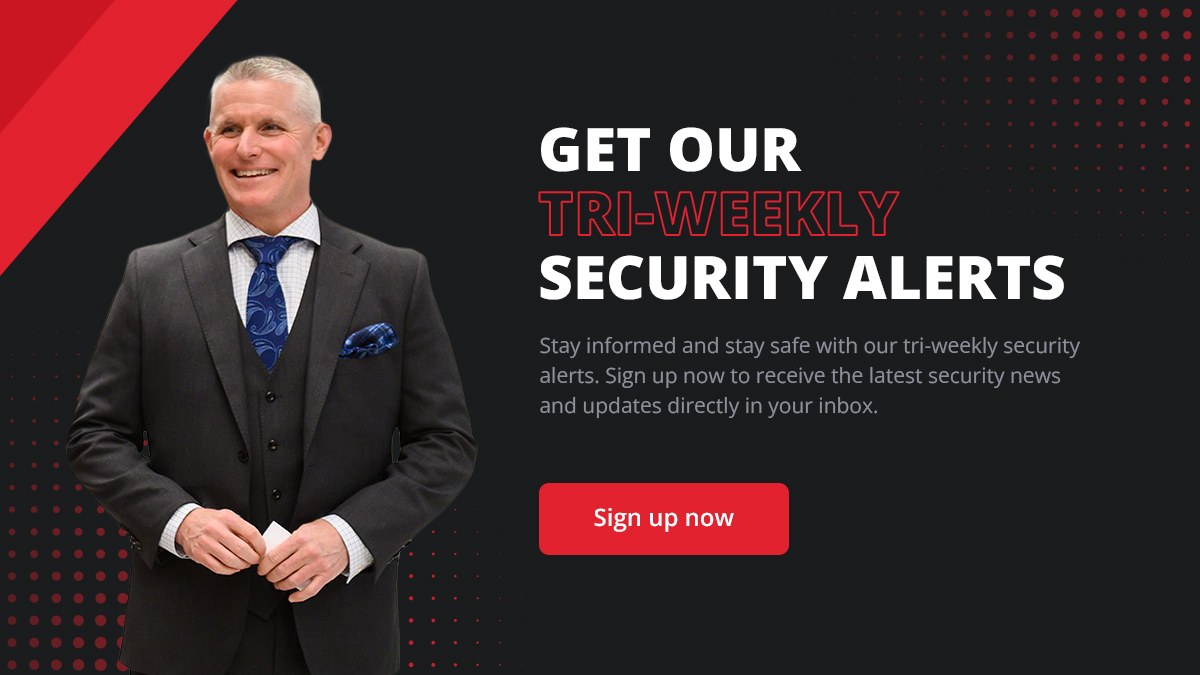
FAQs
Navigating the complexities of email encryption in Outlook can raise numerous questions, especially when dealing with sensitive information, compliance requirements, and ensuring secure communication. Below are some frequently asked questions that address common concerns and provide clarity on sending encrypted or password-protected emails in Outlook.
How do I send a password-protected email in Outlook?
To send a password-protected email in Outlook, you can use the encryption features available through S/MIME or Office 365 Message Encryption (OME). While Outlook does not directly password-protect emails in the traditional sense (like a document), encryption ensures that only intended recipients can read your message. With OME, for example, recipients may need to use a one-time passcode sent to their email to access the encrypted message, acting similarly to a password.
How do I send sensitive information in Outlook?
Sensitive information should be sent securely in Outlook using encryption. That is why it is essential to know how to encrypt email in Outlook Choose between S/MIME or OME to encrypt your emails. S/MIME requires that both the sender and recipient have a digital certificate installed. OME allows sending encrypted emails both within and outside your organization without the need for certificates, making it more convenient for sending sensitive information to various recipients.
Are there any risks of encrypted email?
While encrypted email significantly enhances security, there are some risks to be aware of:
- Key Management: Mismanagement of encryption keys (losing a private key) can result in inaccessible emails.
- User Error: Incorrectly addressing an encrypted email or failing to encrypt sensitive information due to user error can lead to data exposure.
- Compatibility Issues: Some recipients may use email clients that do not support the encryption method used, potentially leading to issues in accessing the encrypted content.
Does Microsoft auto-encrypt sensitive data like HIPAA, credit cards, and SSNs?
Microsoft provides tools and features, such as Data Loss Prevention (DLP) policies in Microsoft 365, that can help identify and automatically encrypt emails containing sensitive information, including HIPAA data, credit card numbers, and Social Security numbers. Your organization's administrator needs to configure these policies to automatically apply encryption or other protective actions based on the content of the emails. However, to be at ease that your data is secure, we need to know ourselves how to encrypt email in Outlook.
What does a recipient email look like that has been encrypted?
The appearance of an encrypted email can vary depending on the encryption method used:
- S/MIME: Recipients with compatible email clients and the sender's public key will see the encrypted email as a regular email. They might notice a lock icon or a digital signature indicator showing the email is encrypted or signed.
- OME: Recipients typically receive an email notification that they've received an encrypted message. This notification includes a link or instructions to securely access the email, often through a web portal or by entering a one-time passcode.
 Security Updates
Security UpdatesUnderstanding IT Compliance: Scope, Benefits, and Challenges
Discover what IT compliance is, its importance, benefits, risks of non-compliance, frameworks, and how to achieve robust IT compliance in your organization.
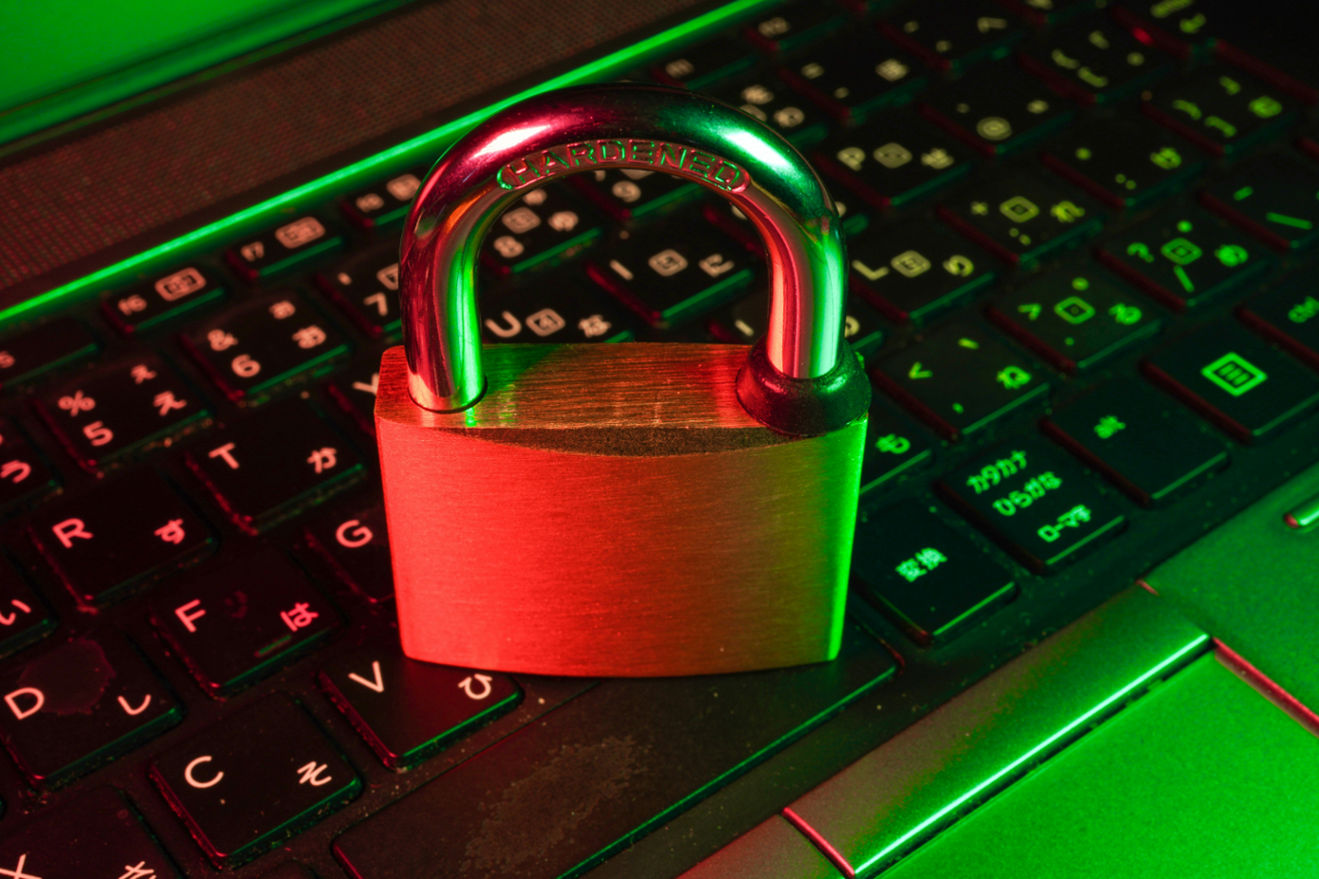 Security Updates
Security UpdatesImplement Secure Browsing with Powerful SSL Decryption
Explore the essentials of SSL decryption, its importance, challenges, and best practices for enhancing security and compliance for business in a detailed guide
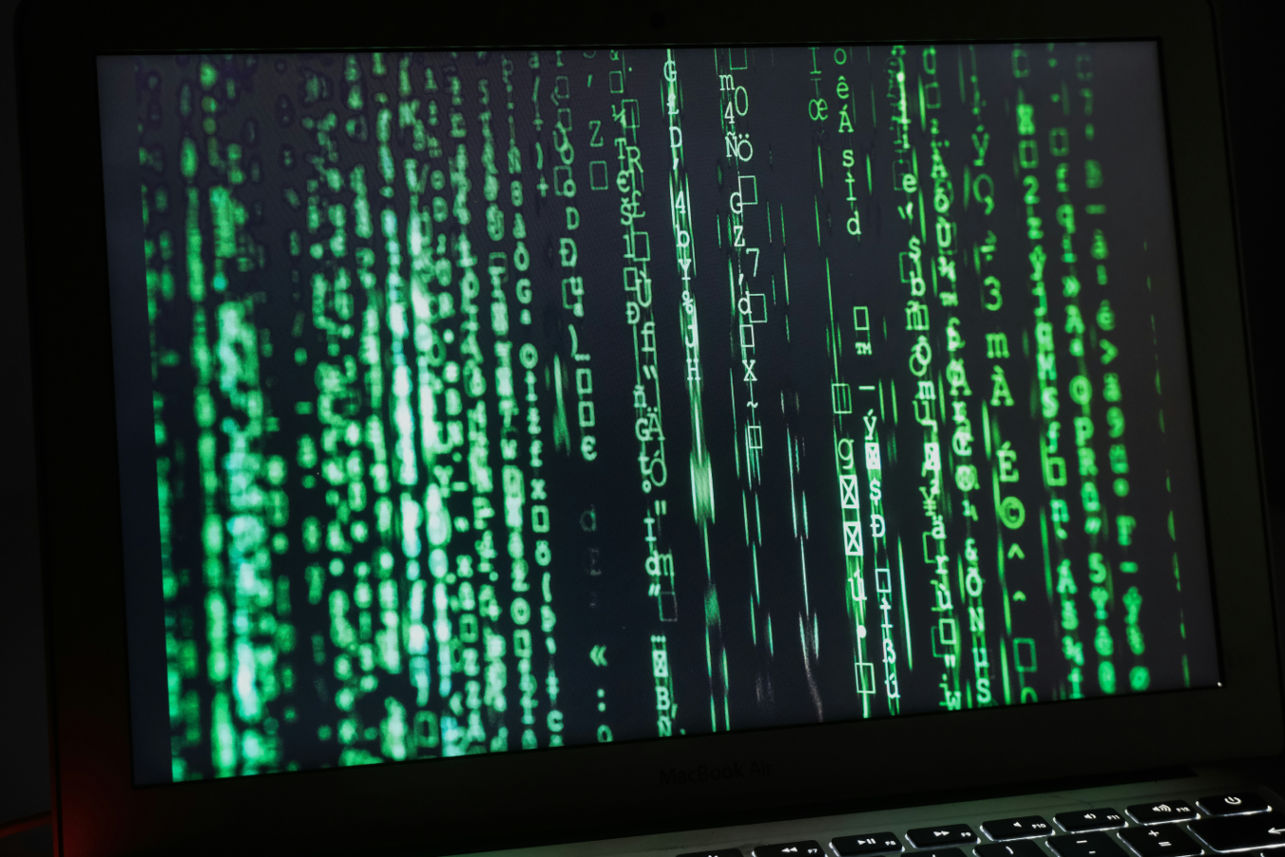 Security Updates
Security UpdatesTransitioning from Proxy Firewalls to Endpoint Security
Explore the evolution from proxy firewalls to endpoint security, enhanced threat detection, data encryption, and comprehensive protection for modern networks.
 Security Updates
Security UpdatesExpert IT Risk Assessment: Protect Your Business Today!
Mitigate potential IT threats with our comprehensive risk assessment guide, ensuring your digital infrastructure. Ensure your business is secure an...
 Security Updates
Security UpdatesEssential Guide to Best Practices in Compliance Security
Explore essential strategies for compliance security in this comprehensive guide. Learn about safeguarding your business and meeting regulatory sta...
 Security Updates
Security UpdatesSecure Your Data with Expert Cloud Database Solutions
Learn efficient solutions and secure your cloud databases with encryption and compliance features, ensuring data safety and privacy across all plat...
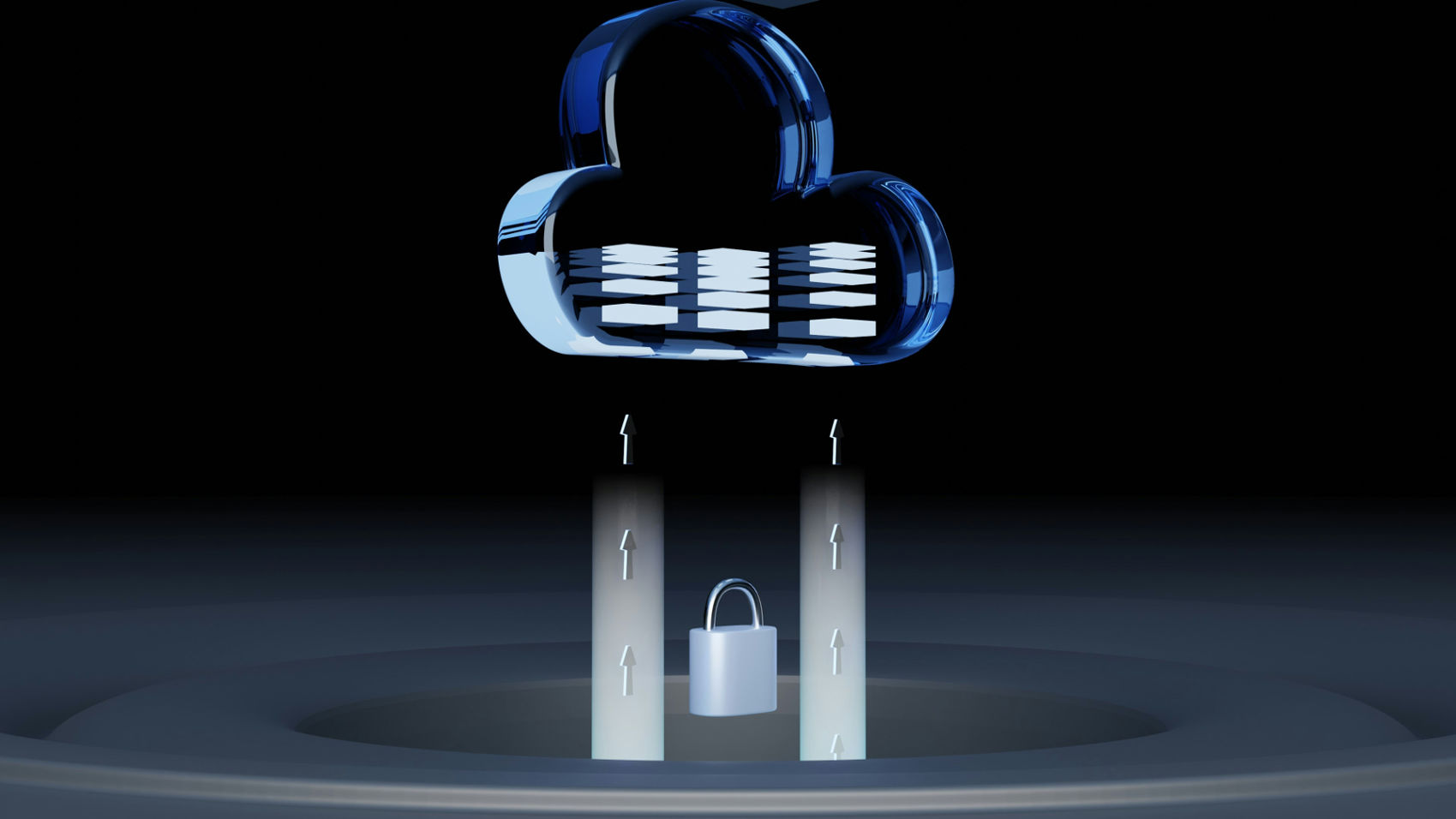 Security Updates
Security UpdatesA Guide to Cloud Network Technology: Benefits and Types
Unlock the potential of cloud network technology for seamless connectivity. Learn and scale solutions that drive business innovation and growth via...
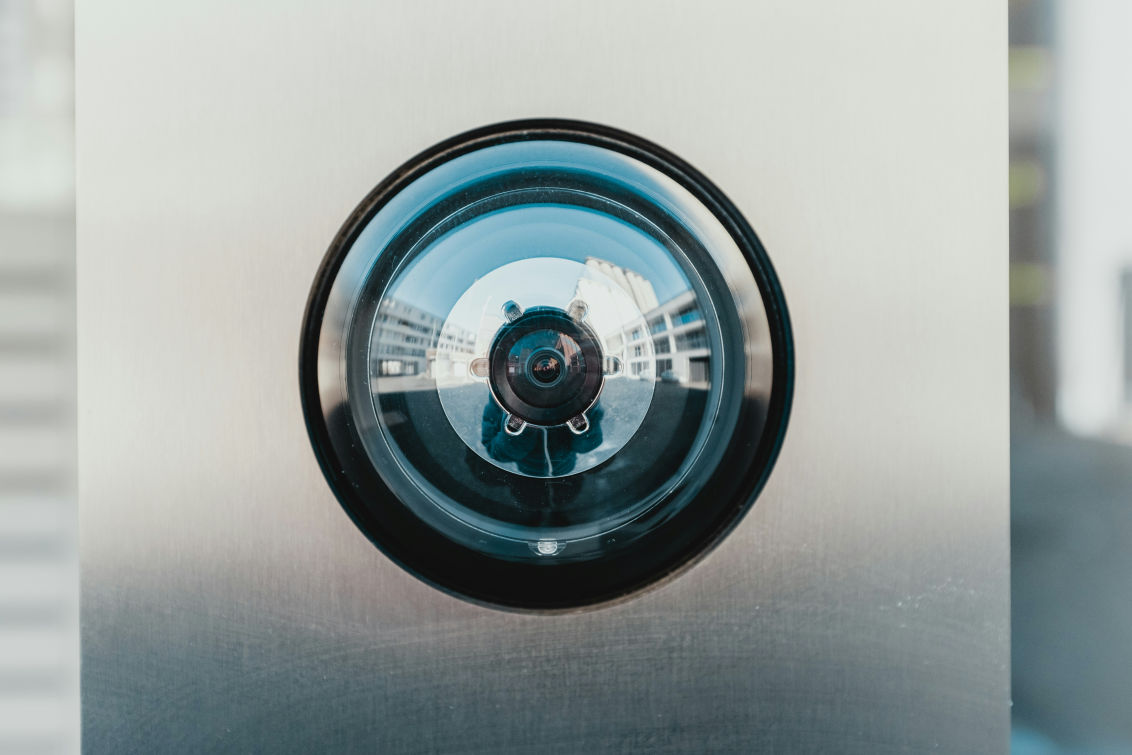 Security Updates
Security UpdatesAffordable Managed IT Services for Small Businesses
Explore top-managed IT services for small businesses to boost efficiency and security. Get expert insights and practical tips to optimize your IT o...
 Security Updates
Security UpdatesSecure Your Network with Gateway Security Solutions
Explore the essentials of gateway security: learn about its importance for network protection and best practices to safeguard your digital assets e...
 Security Updates
Security UpdatesDisaster Recovery Testing: Ensure Business Continuity
Explore effective disaster recovery testing strategies in this guide to maintain business continuity, prevent data loss, and minimize downtime duri...
 Security Updates
Security UpdatesMaximizing Security: Vulnerability Management Lifecycle
Explore the complete guide to the Vulnerability Management Lifecycle to boost your cyber resilience and secure your business IT infrastructure effe...
 Security Updates
Security UpdatesYour Network with Endpoint Security Management
Explore our comprehensive guide on Endpoint Security Management to understand its importance, how it works, and best practices for robust network s...
 Security Updates
Security UpdatesEnsuring Security Compliance: Tips, Insights & Strategies
Discover the essentials of security compliance, its importance, frameworks, and tools. Learn how to protect data and meet regulatory standards effe...
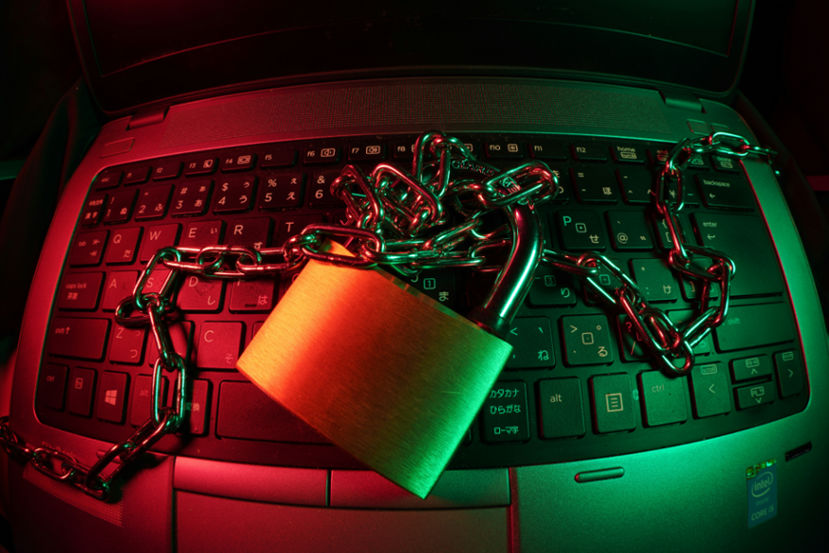 Security Updates
Security UpdatesBoost Your Security with Internal Penetration Testing
Dive into internal penetration testing with our in-depth guide. Learn the essentials, techniques, and best practices to fortify your cybersecurity ...
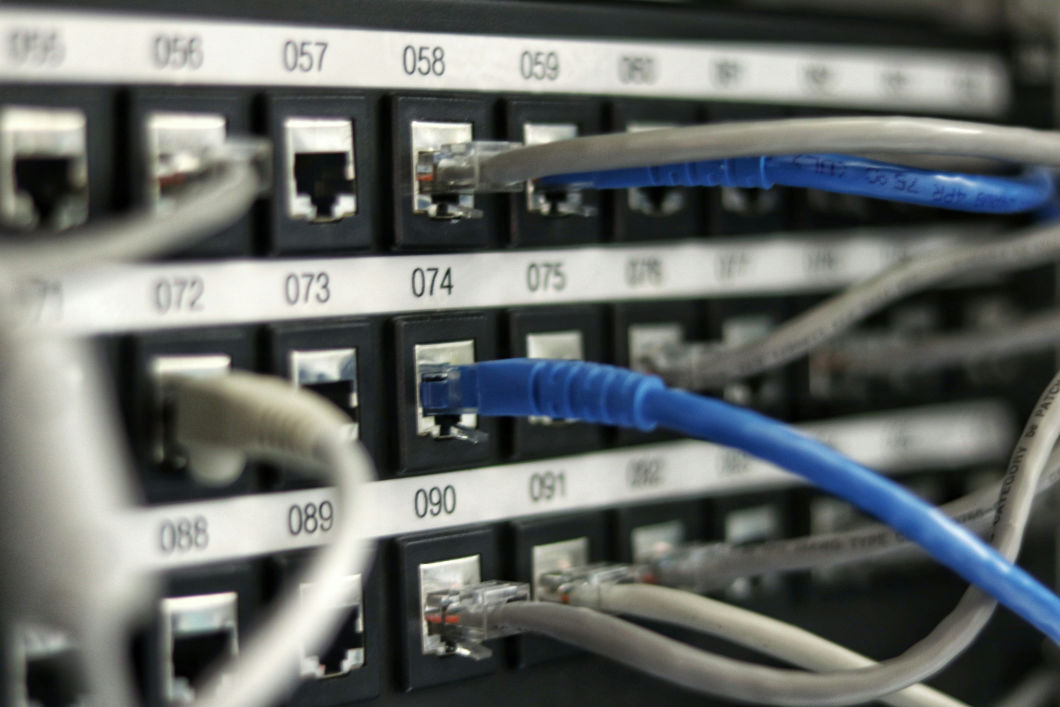 Security Updates
Security UpdatesEgress vs Ingress: A Guide to Data Traffic Management
Understand Egress vs Ingress in data management. Learn and explore their roles, traffic analysis, risks, and best practices for network and cloud s...
 Security Updates
Security UpdatesPrevent Credential Harvesting to Protect Your Precious Data
Understand credential harvesting. Learn how it works, common techniques, its impact, and strategies to prevent and mitigate attacks to secure your ...
 Security Updates
Security UpdatesSecure Your Big Data: Top Solutions for Data Security
Protect your valuable data with our robust big data security solutions. Learn about the threats and Safeguard against cyber threats and ensure comp...
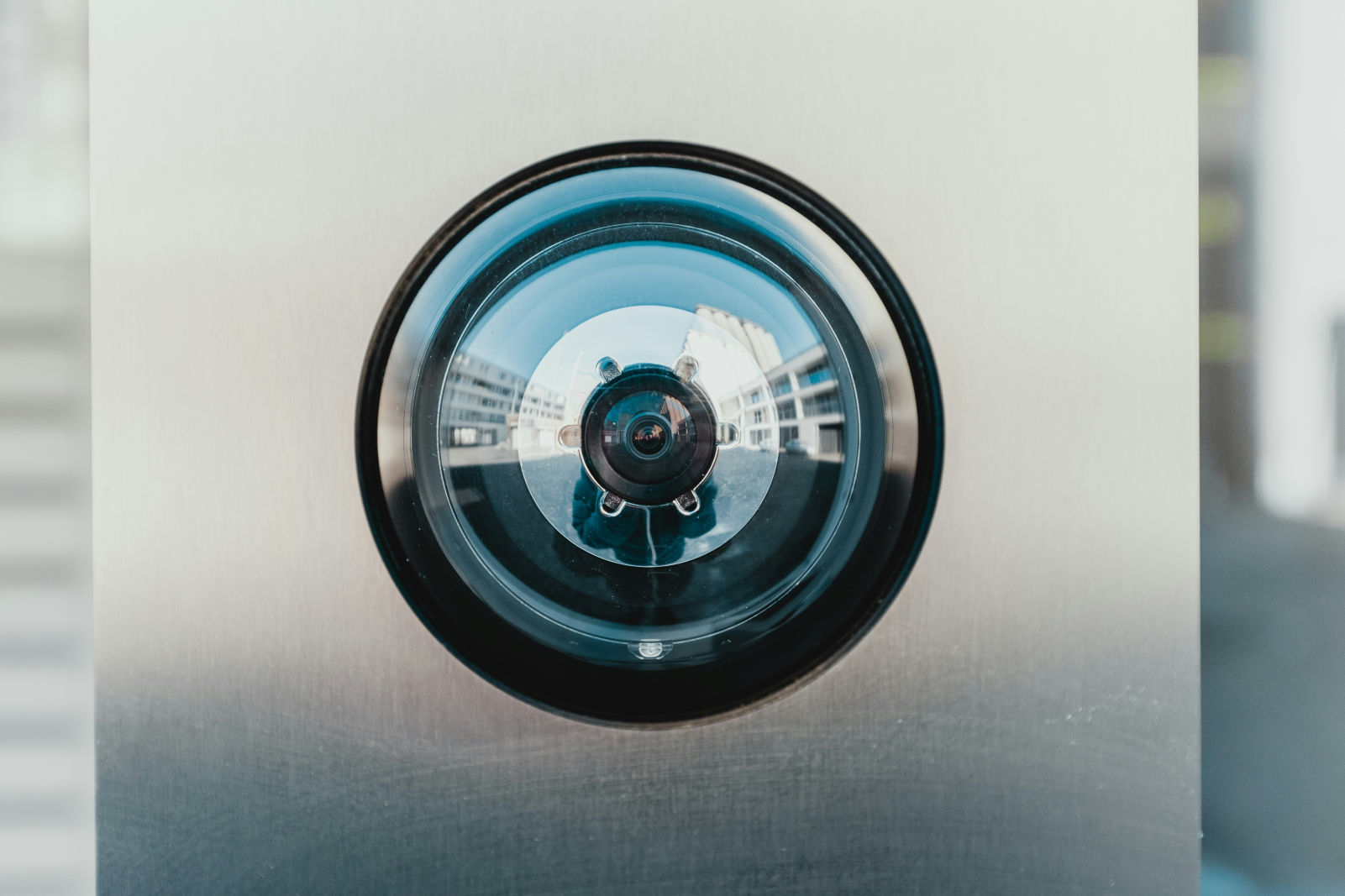 Security Updates
Security UpdatesSecure Your Network with Advanced Management Solutions
Explore the details of comprehensive network security management: Learn key strategies, best practices, and tools to safeguard your digital environ...
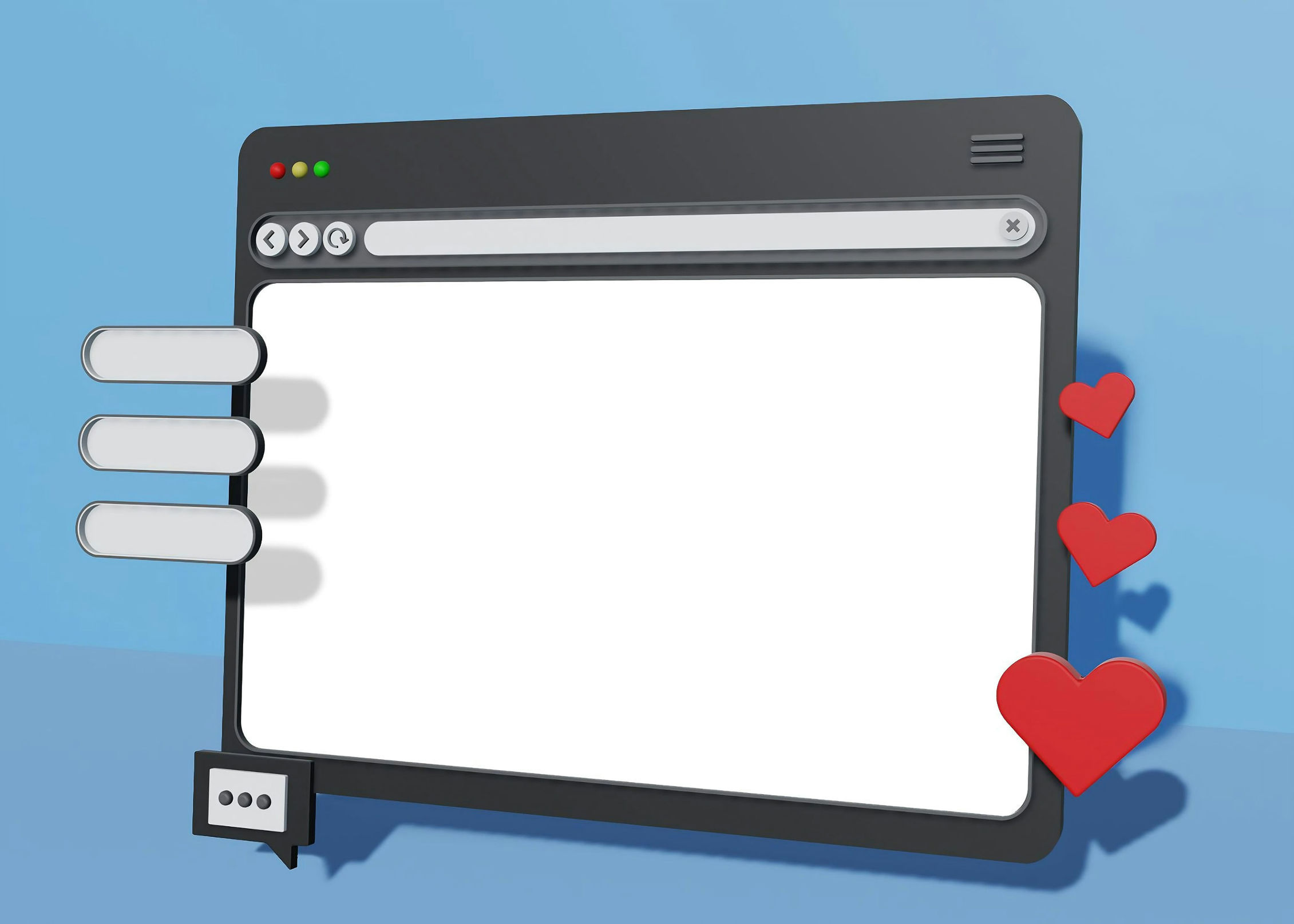 Security Updates
Security UpdatesGuide to On-Path Attacks: Protecting Your Cybersecurity
Learn about on-path attacks in this comprehensive guide, exploring definitions, types, consequences, and key prevention strategies to safeguard you...
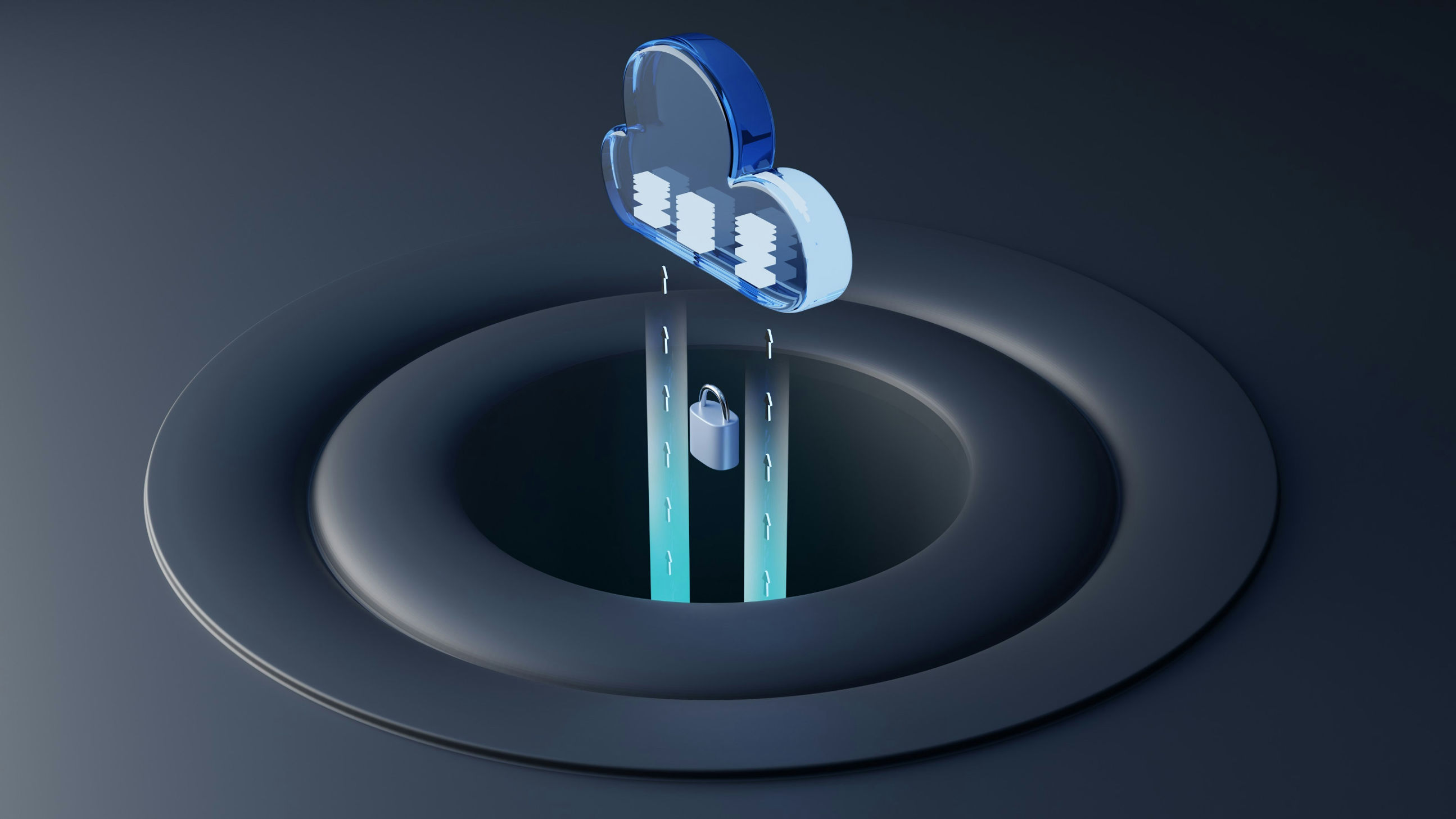 Security Updates
Security UpdatesExploring Managed Cloud Services: A Comprehensive Guide
Dive into the Managed Cloud Services with our in-depth guide. Explore benefits, types, and best practices to enhance your business's cloud strategy...
 Security Updates
Security UpdatesComprehensive Guide to Ubiquitous Computing: Impact & Future
Explore the details of ubiquitous computing, from its core concepts and layers to its societal impact, key technologies, applications, and future p...
 Security Updates
Security UpdatesClone Phishing Explained: Detection and Prevention Guide
Discover how clone phishing works and its impact. Learn effective strategies to identify, prevent, and respond to these sophisticated email threats...
 Security Updates
Security UpdatesHow to Secure Your Business with Cyber Security Insurance
Explore the essentials of Cyber Security Insurance, covering its importance, types of coverage, benefits, and considerations for businesses in the ...
 Security Updates
Security UpdatesEfficient Data Spooling Solutions For Streamlined Operation
Learn How To Efficiently Manage And Store Your Data With Our Reliable Data Spooling Services. Keep Your Information Organized And Accessible With T...
 Security Updates
Security UpdatesMaximizing Compliance & Risk Management: Expert Strategies
Learn how to ensure business success with effective compliance and risk management strategies. Explore definitions, differences, frameworks, and ch...
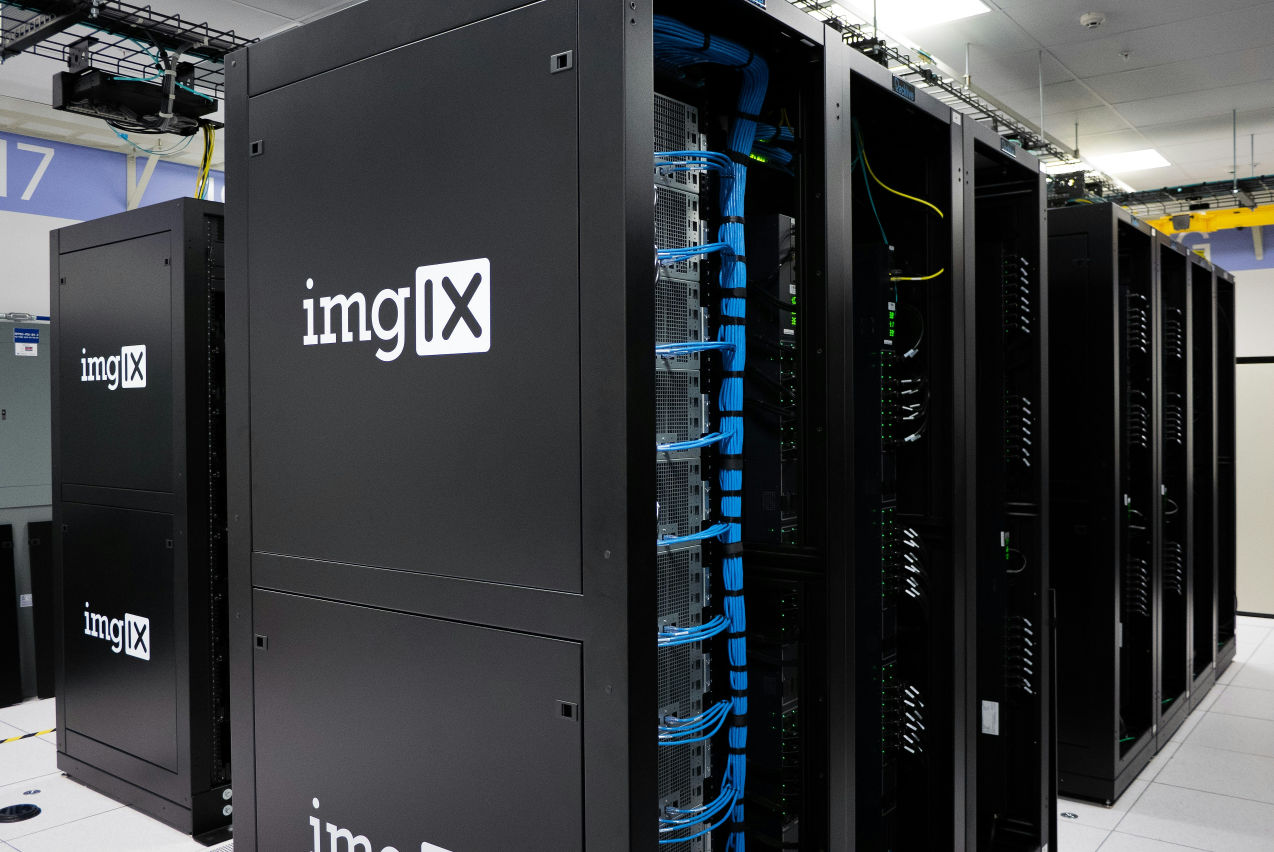 Security Updates
Security UpdatesUnderstanding MDF vs IDF: Key Differences & Benefits
Explore the crucial differences and examples between MDF and IDF in networking, understanding their roles, functions, and impact on network infrast...
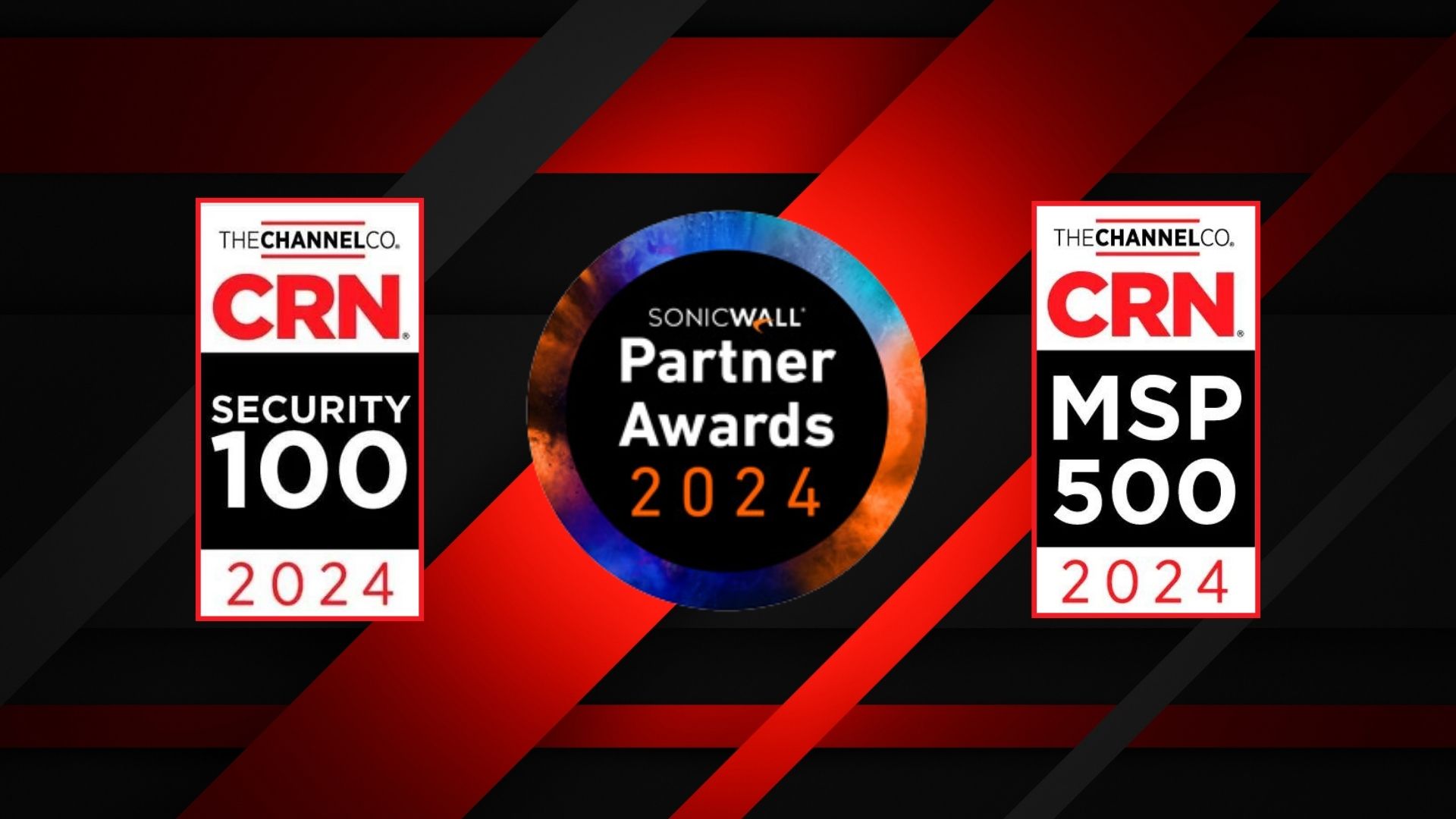 Security Updates
Security UpdatesRedZone Wins CRN's Top Security 100 & MSP 500 Awards 2024
RedZone Technologies earns CRN's Security 100 & MSP 500 Awards, affirming its leadership and innovative approach in the cybersecurity and IT manage...
 Security Updates
Security UpdatesJames Crifasi Speaks on Cybersecurity at Tech Conference
Join James Crifasi, CTO & COO of RedZone Technologies, at the Tech Conference as he explores cybersecurity's role in driving business growth and ad...
 Security Updates
Security UpdatesRedZone's James Crifasi Wins SonicWall's Technical Hero Award
CTO James Crifasi of RedZone Technologies earns SonicWall's Technical Hero of the Year, exemplifying unparalleled dedication to cybersecurity and I...
 Security Updates
Security UpdatesHow to Encrypt Email in Outlook
Learn how to encrypt email in Outlook with our step-by-step guide. Secure your messages using S/MIME, Office 365 Encryption OME, and add-ins for pr...
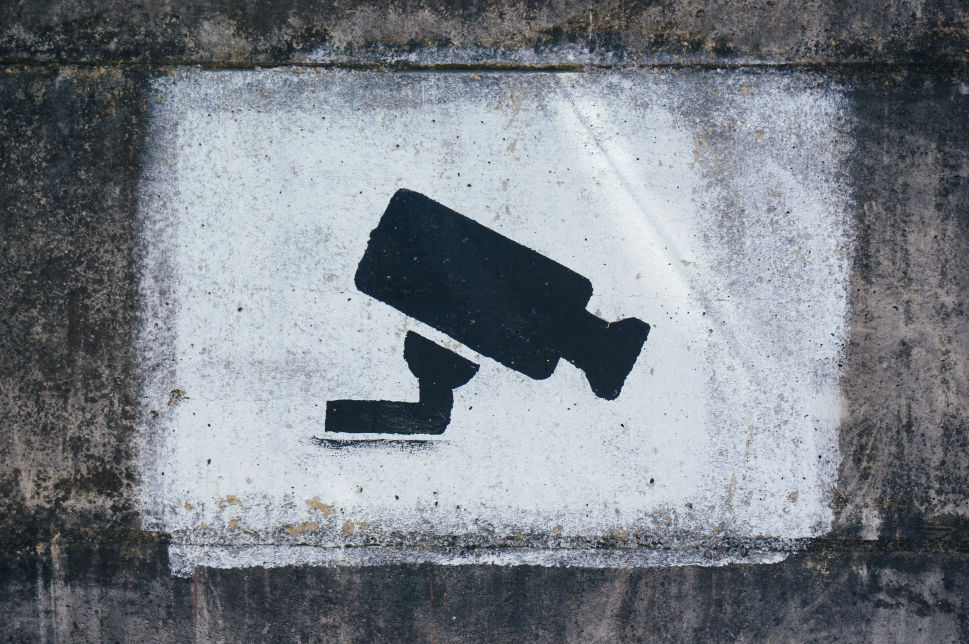 Security Updates
Security UpdatesWhat Is Security Monitoring? Importance and Tools
Explore the importance of security monitoring, its key roles, types, and how it protects organizations against threats, ensuring compliance and pro...
 Security Updates
Security UpdatesServer 2012 R2 End of Life: Implications and Next Steps
Learn about Server 2012 R2 end of life: Understand its impact, key dates, risks post-EOL, and explore upgrade options and migration strategies for ...
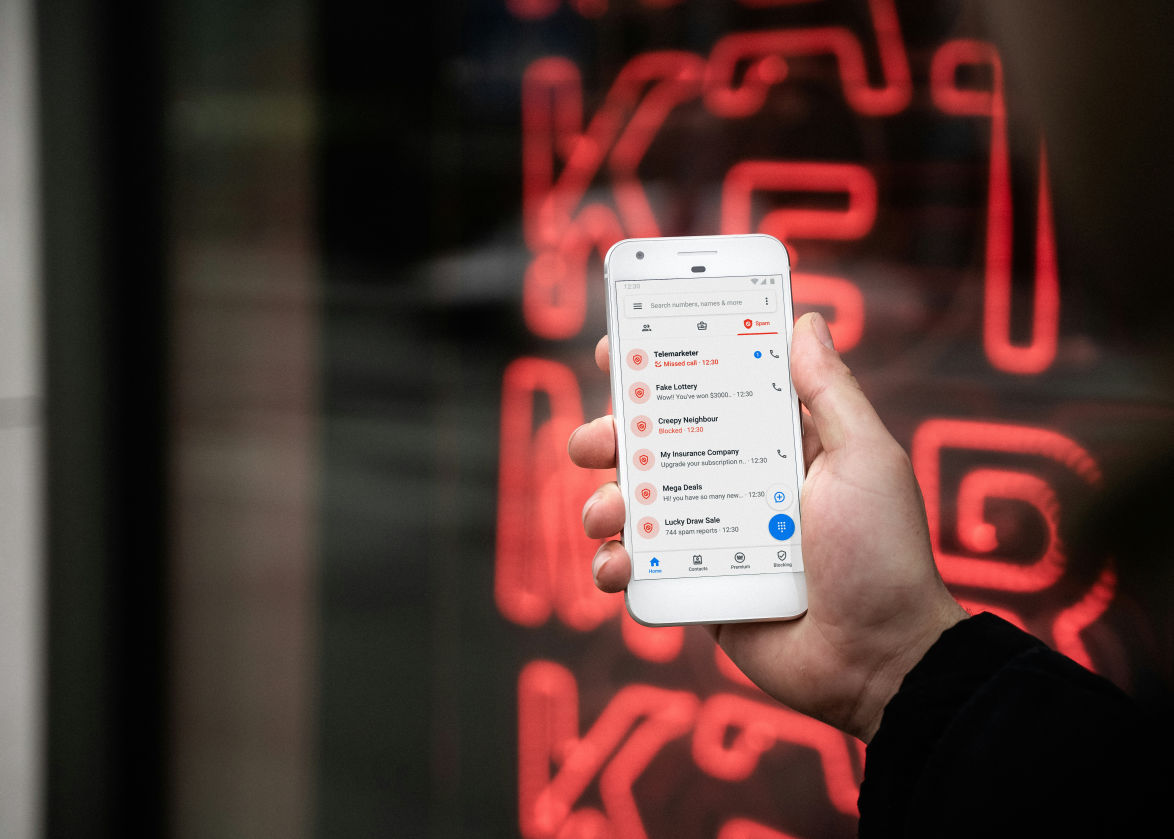 Security Updates
Security UpdatesProtect Personal Data: Smishing and Phishing Prevention
Know how to identify and protect against smishing and phishing attacks. Learn the techniques, types, and preventive measures for personal and busin...
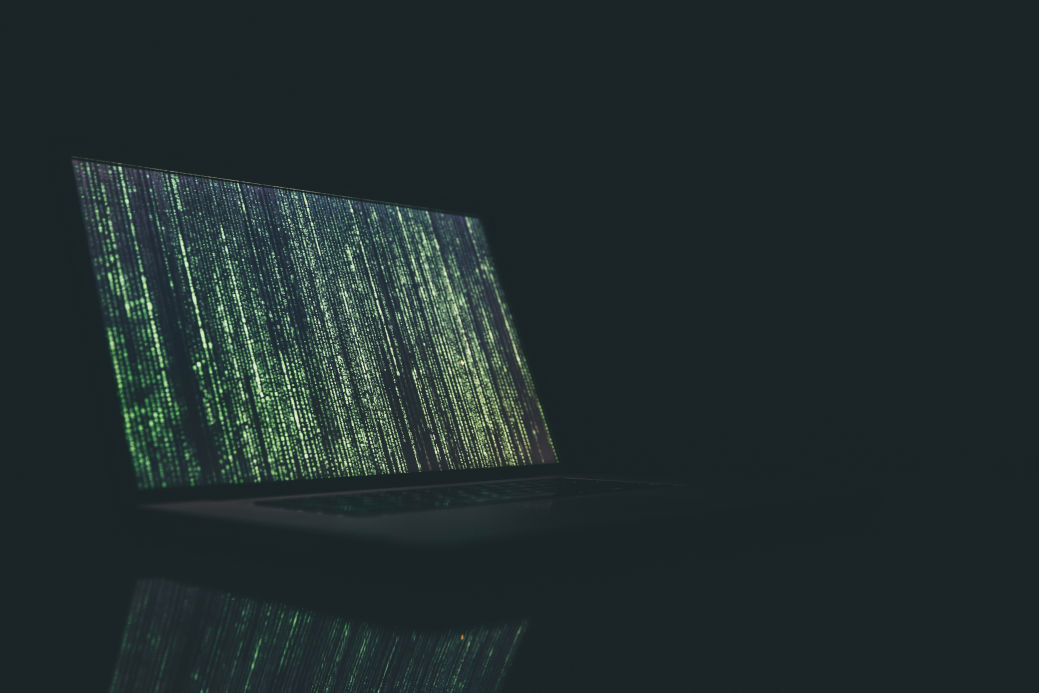 Security Updates
Security UpdatesSmurf Attack Guide: Prevention & Detection Strategies
Explore prevention & recovery from Smurf Attacks: Understand DDoS defense, detection signs, and secure network practices in our detailed cybersecur...
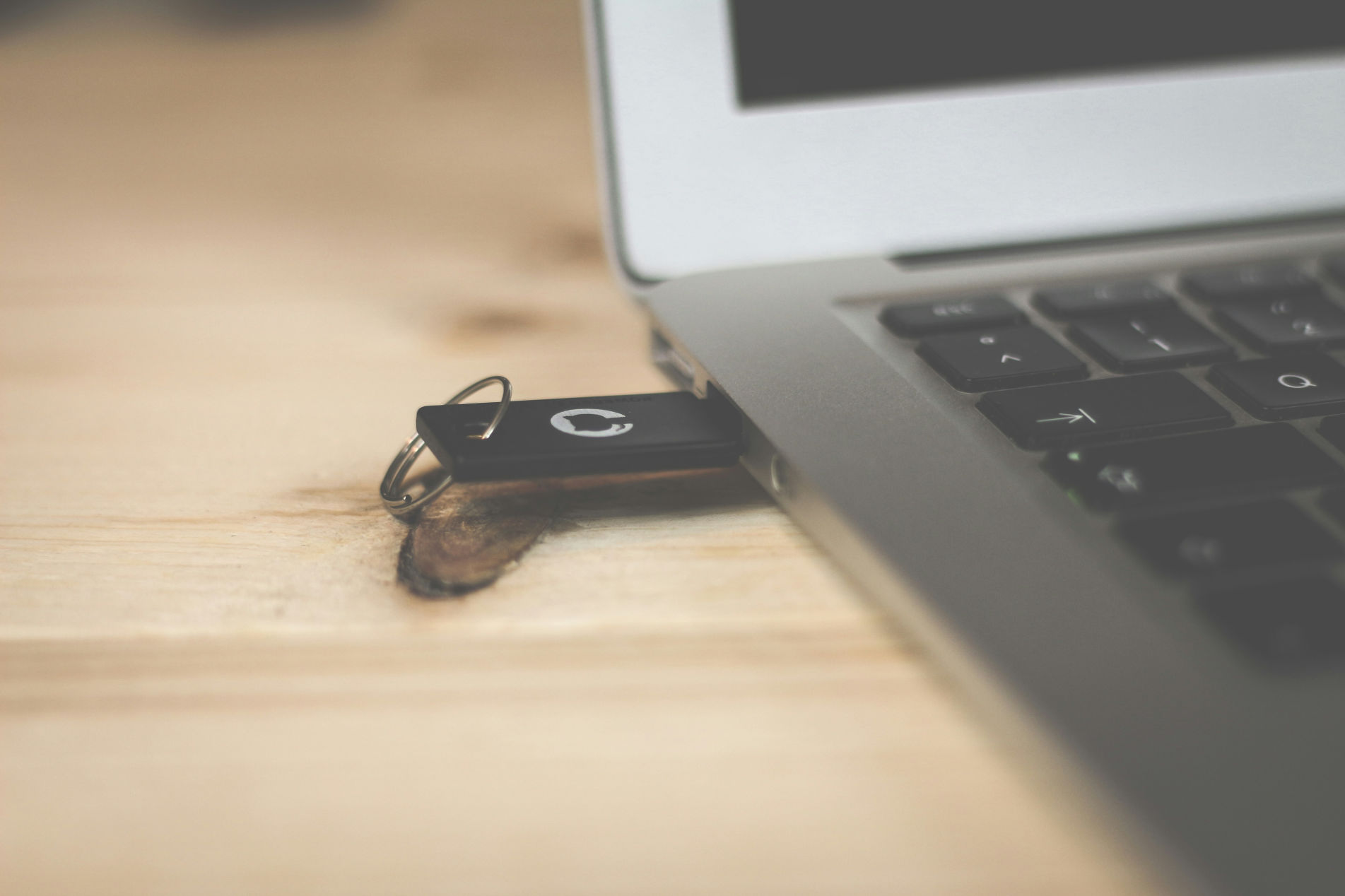 Security Updates
Security UpdatesWhat is a Bad USB Attack, and How Do You Prevent It?
Learn about Bad USB attacks, their various forms, and strategies for safeguarding devices. Learn how to mitigate risks with effective prevention te...
 Security Updates
Security UpdatesKey Differences Between DOS Attack vs DDOS Attack
Explore the key differences between DDoS vs DoS attacks, their types, impacts, and prevention strategies in our comprehensive guide to enhance cybe...
 Security Updates
Security UpdatesUnderstanding the Impact of a Ping of Death Attack
Explore the ins and outs of Ping of Death attacks. Understand how they work, their impact on networks, and strategies to prevent them to keep your ...
 Security Updates
Security UpdatesThe Power of the Human Firewall: Your First Line of Defense
Discover the critical role of the human firewall in cybersecurity, combining employee vigilance with technology to protect against cyber threats ef...
 Security Updates
Security UpdatesStateful Firewall vs. Stateless Firewalls: What's the Difference?
Learn the key differences between stateful and stateless firewalls and how they protect your network. Discover the right choice for your security n...
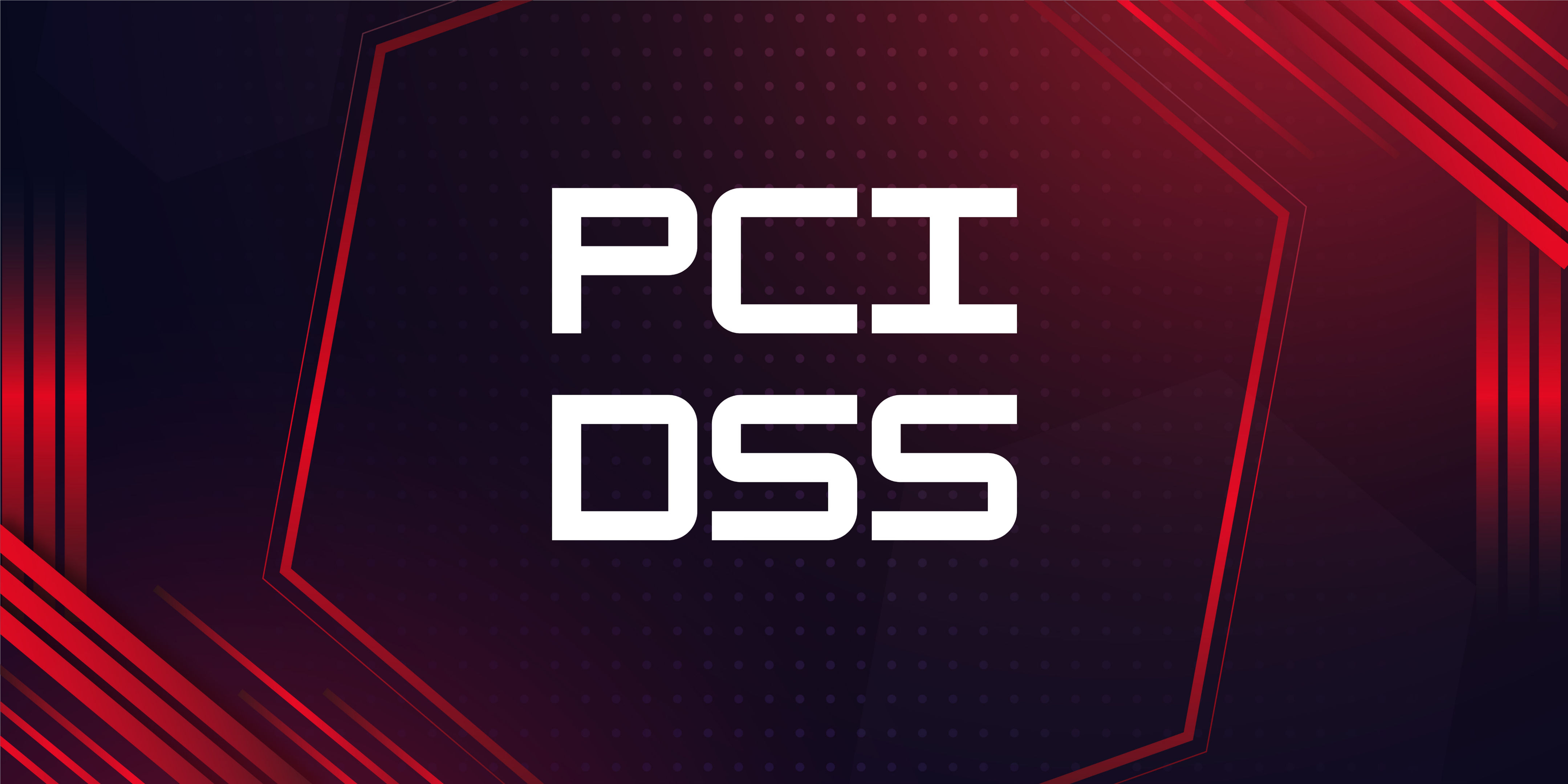 Security Updates
Security UpdatesUnderstanding the 4 Levels of PCI Compliance
Explore PCI DSS Compliance with RedZone: Key steps to protect card data and ensure secure transactions. Learn about compliance levels and tips for ...
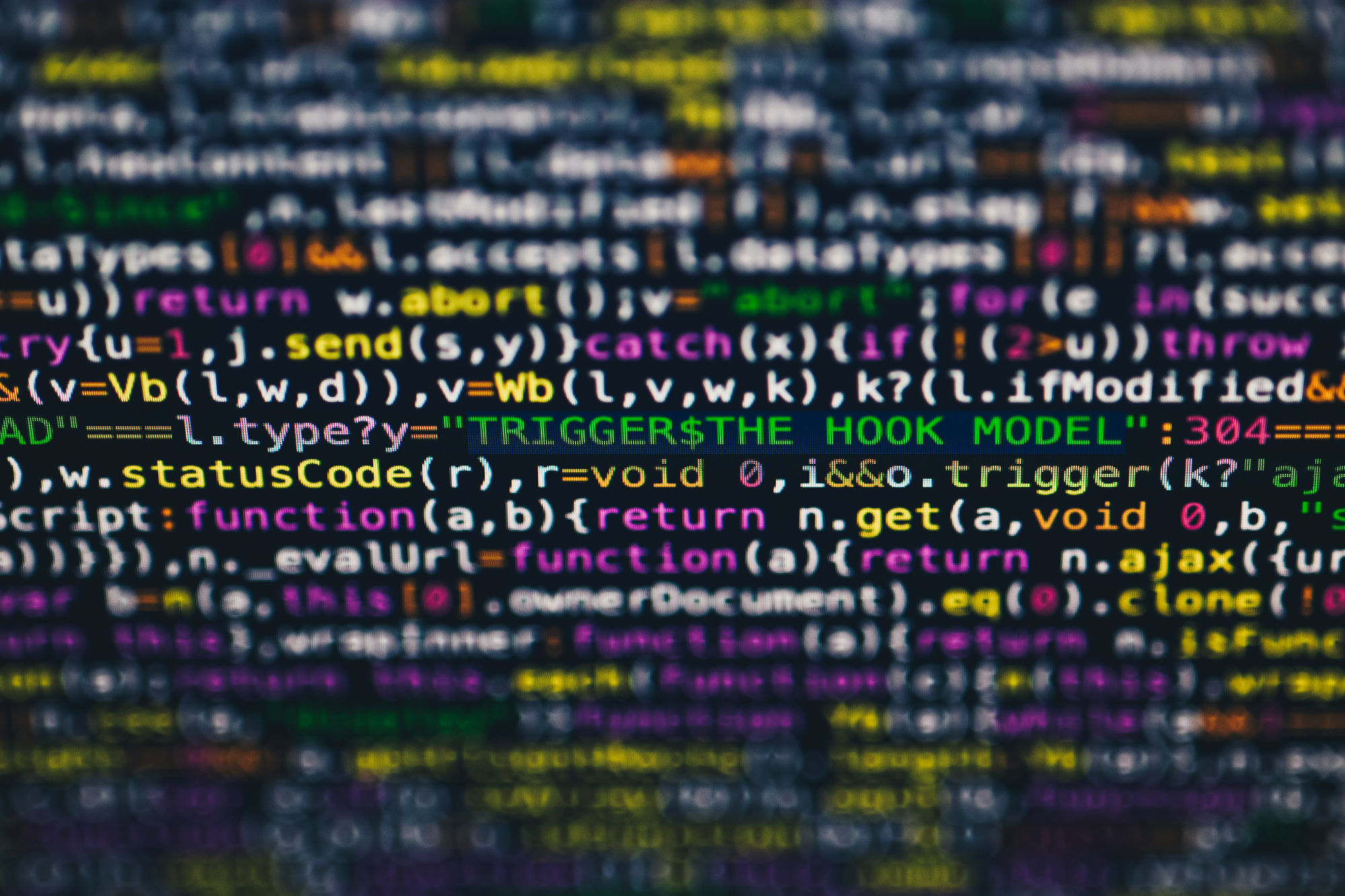 Security Updates
Security UpdatesWhat Is a Security Breach and How to Prevent Them
Learn how to effectively guard your business against security breaches with RedZone Technologies. Discover simple steps to keep your data safe and ...
 Security Updates
Security UpdatesUnderstanding Tailgating in Cybersecurity
Understand tailgating attacks in cybersecurity: what they are, how they work, and effective strategies for prevention to keep your business...
 Security Updates
Security UpdatesWhat is a Managed Service Provider and Its Benefits
Explore the role of Managed Service Providers (MSPs) in enhancing IT efficiency and cybersecurity for businesses, covering benefits, servi...
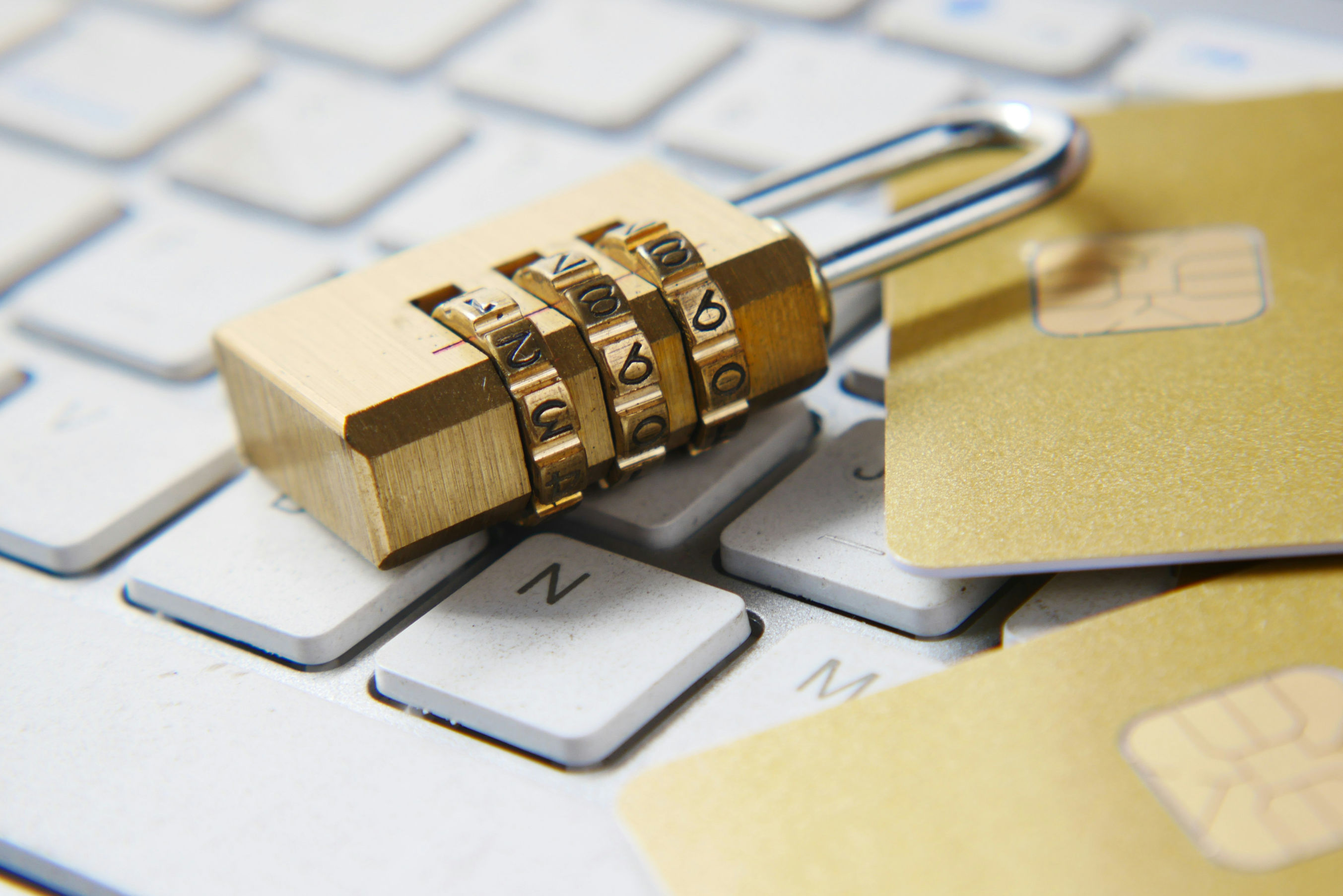 Security Updates
Security UpdatesBreach Prevention: 5 Best Practices to Protect Your Data
Learn about data breaches: what they are, their impact, and how to prevent them. Explore best practices for securing your business against cyber th...






